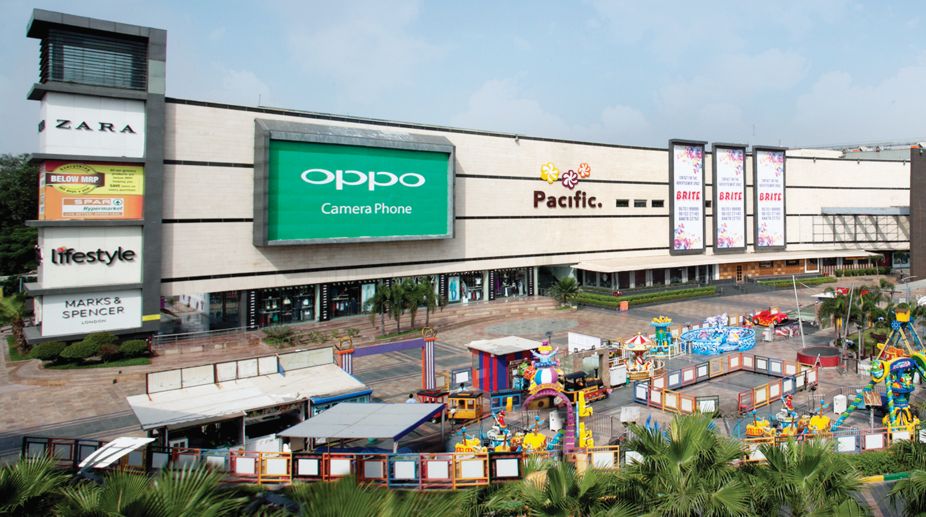Transit-Oriented Development (TOD), also known as the Mixed-Use Model is slowly but steadily becoming crucial for urban localities. Massive urbanisation poses solemn problems such as air and sound pollution, shortage of water supply, traffic congestion, exhaustion of natural resources, and so on, to cities around the world and India is no exception.
Thus, in order to address such issues, the urban development authorities are introducing the trend of transit-oriented retail development. It is a commercial real estate development that combines residential, cultural, retail/commercial, cultural, and industrial uses.
Advertisement
TOD is a growing trend recognised globally for creating comfortable and sustainable communities. This model of community development entails developing housing as well as business spaces, including retail, entertainment, boutiques, restaurants, household or professional services, consumer goods, and healthcare facilities in a way that positions all the facilities within the easy reach of the residents.
It has a huge potential to meet the needs of the millennials who are fascinated with amenity-filled urban work environments with a central transit stop; hence business leaders are in favour of this model. The transit-oriented retail development also has a great potential to change the dynamics of the real retail estate.
In India, the TOD model has been accepted as an effectual strategy for urban growth and has also been approved by the ministry of urban development as an effective means of developing Indian cities.
Presently, transit-oriented retail developments are indispensable for dealing with challenges pertaining to socio-economic growth. These offer several advantages like pedestrian-friendly environment, frequency of travelling goes down significantly, improves the health of the inhabitants and can easily commute to the workplace, which is instrumental for maintaining work-life balance.
Retail operators and retail real estate developers are paying attention to TOD’s higher density developments including its higher market values and robust rental rates.
What’s more, the TOD model can effectively meet the changing requirements of consumers, commuters, and residents. In simple words, the objective is to develop a community where residents can shop, meet, dine, celebrate, and have fun. A successful transit-oriented retail development depends on the following factors:
Density: The number of retail / commercial outlets to be constructed in a specific setting depends on the density of jobs and accommodation.
Site: Retail should be set up in locations that are frequented by hordes of visitors. In limited parking lots and walkable urban spaces, retail space should be positioned in the vicinity of job centres, high-density accommodation, or transit centres.
Do not build excessively: Building excessive retail space will result in underperforming leaseholders; consequently, the developers will have to deal with vacant space. In tight urban areas, it is advisable to build too much of retail space than required. It is better to have an excessive demand for retail space compared to excessive supply.
Merge retail with services: Instead of only highlighting retail, TOD developers should emphasise on offering a mishmash of retail and services. The services may include professional services as well as community services.
Engage renowned retailers: The model can thrive only if developers recruit well-known retailers rather than engaging non-performing or underperforming occupants.
Since the success of a transit-oriented development depends on the mix of users, combining the aforementioned factors can help developers add an effective mixed-use factor. These are some of the reasons why transit-oriented retail developments are in huge demand among the masses.
Though the development ministry of India has approved the transit-oriented projects in 2015, it will take some time for the country to appreciate and embrace this concept.
Moreover, this also faces certain critical challenges. For instance, since a large portion of the Indian population fall under the lower-income groups, they cannot afford such mixed-use buildings.
Thus, by implementing ways and means to tackle the hindrances, TOD projects can become a huge success in the country.
The writer is executive director, Pacific India
















